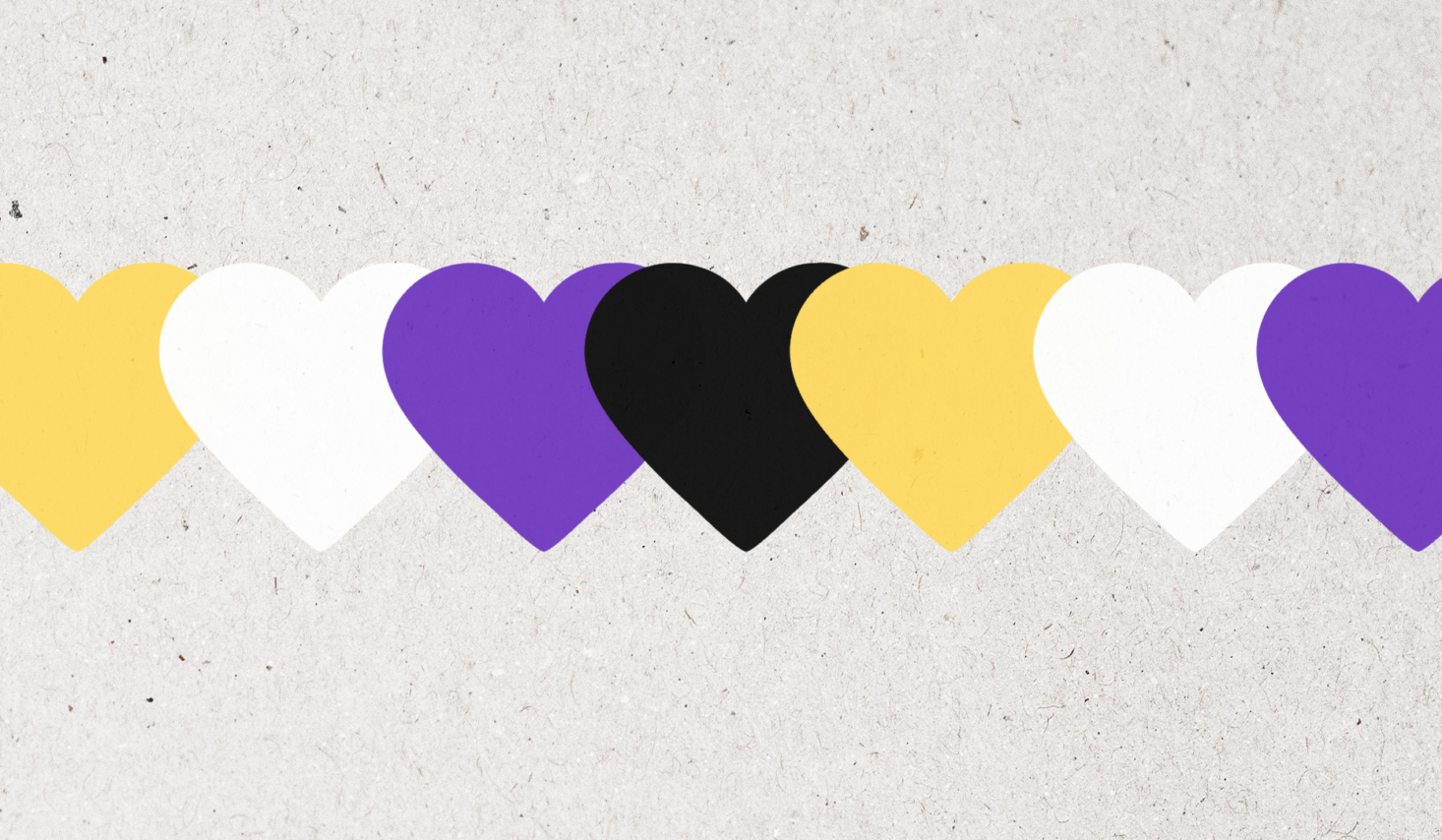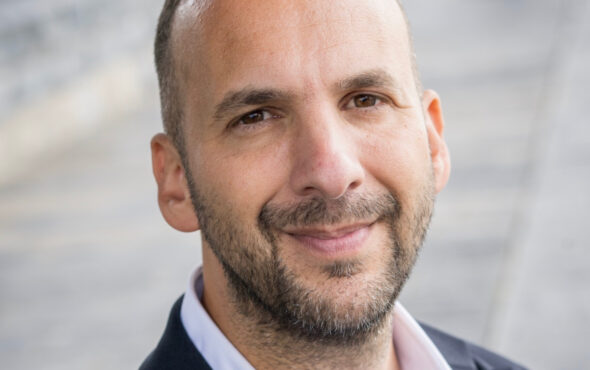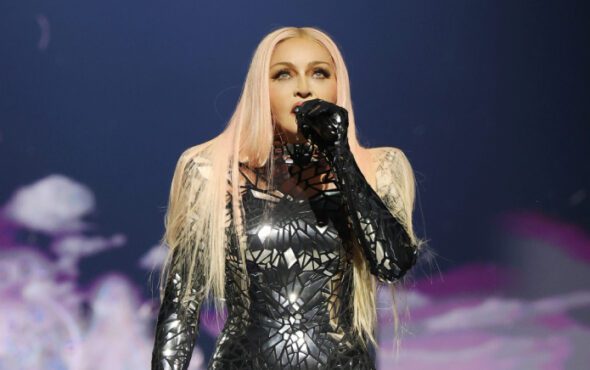
Gender is expansive, which means there are multiple genders (not just two!!) to be experienced, performed and lived. With such variety to be found on either side of the binaries and everywhere in between, that means there are a multitude of experiences to be found within the non-binary spectrum, too.
Each one shares overlaps, and yet has subtle differences that help individuals identify their experience of gender. This guide explains it all, so you can align yourself and understand other people’s individual experiences of the non-binary spectrum.
What does non-binary mean?
Non-binary, sometimes spelt nonbinary, is a term that describes the experience of a person whose gender identity doesn’t fit comfortably within the gender binary. They are neither ‘male’ nor ‘female’, nor identify as either a ‘man’ nor a ‘woman’. It is a broad term, with many nuances, that can have multiple crossovers with the trans and intersex experience, particularly as some folks within these identities may not identify as men or women.
The truth is that while many people will conform to this binary, many others experience variations of gender that aren’t consistent with their assigned sex at birth, or feel that their identity isn’t defined by their genitals alone or at all.
Are trans people non-binary?
While trans people may identify as men or women, others may identify as non-binary.
View this post on Instagram
For example, multi-award-winning activist and campaigner Jude Guaitamacchi is a trans-non-binary person who uses they/them pronouns to describe their gender identity.
Monroe Bergdorf, a trans activist and trans woman, uses she/her pronouns and identifies as a little non-binary.
Whereas actor and author Elliot Page, a trans person who uses queer and non-binary to describe their sexuality and gender, uses he/they pronouns interchangedly. Though he/him pronouns are preferred.
It’s important to treat each person as an individual and not a monolith of experience. If you aren’t sure, you may ask kindly about pronouns and gender identity. Just remember that it is up to the person you’re asking how much they want to disclose. If they don’t want to or don’t feel comfortable speaking about it, don’t push them for answers as this is wildly inappropriate, insensitive and can be very harmful.
Are all non-binary people trans?
While there are multiple overlaps with the trans identity and feelings of incongruence or gender dysphoria because of typically female or male physiology, not all non-binary people will identify as trans.
This could be for any number of reasons, but organisations like The Rainbow Project report that one reason might be because, “Some don’t feel comfortable identifying as being trans if they’ve faced animosity from binary transgender people.”
Are all intersex people non-binary?
Intersex people share a similar experience with not existing within the gender binary. And while their experiences do straddle gender and sex, there are some key differences. Let’s break it down.
Trans people feel an incongruence with the sex they are assigned at birth and the presentation and perception of their gender. They may be men, women or non-binary.
Non-binary people may be trans, but not all non-binary people will feel incongruence with their physiology. They may use any number of pronouns to describe themselves and their identity. And, while the non-binary identity broadly rejects gender norms and the gender binary, no non-binary person owes their gender presentation as androgynous, feminine or masculine.
Intersex people, on the other hand, may share a similar incongruence surrounding their physiology like trans people, but this is largely because they exist outside of the biological sex binary. And, like trans people, they may identify as male or female, or as non-binary.
Ben Pechey, who is a non-binary writer, author and activist, has recently shared their intersex identity on their social media. In a reel posted to Instagram, Pechey opened up to their audience about their identity and explained how their experiences of gender and their experiences in an intersex body felt cognisant.
View this post on Instagram
It’s important to remember that gender is a social construct that can be informed by sex, but is more so informed by the way society reacts, categorises and places behavioural expectations on the performance of gender.
What pronouns do non-binary people use?
A non-binary person may use they/them pronouns to demonstrate their rejection of the gender binary and identify themselves; others might use neopronouns such as ze/zem or tree/treeself to describe themselves. Others, like famous drag queen Cheddar Gorgeous, do not use pronouns at all.
The best thing to do is ask, and then use the pronouns you’re given. If you make a mistake, it happens! Apologise and correct yourself.
What does the non-binary flag mean?
There are a few different kinds of flags for non-binary folks. The most recognisable one you might have seen at a Pride march, or hanging from a person’s window, is the non-binary flag, striped in yellow, white, purple and black, with each colour corresponding to a meaning.
This flag was designed by Kye Rowan in 2014 as a flag to represent those living outside the gender binary. The yellow represents these people, while the white and purple correspond to anyone whose gender identity is a mix of female and male. The black stripe at the bottom of the flag is for those who identify as having no gender.
There are a couple of other flags that represent the nuanced non-binary experience, too.
Genderfluid
The genderfluid flag is characterised by the five stripes of pink, blue, purple, black and white, and was created in 2012 by JJ Poole.
The pink and blue represent femininity and masculinity. Purple stands for both masculinity and femininity. The black is for those who have no gender. The white is for those of all genders.
Agender
The agender flag is easily picked out from a crowd thanks to its mirrored 7-stripe design of black, grey, white and lime green.
The black and white represents an absence of gender, the grey speaks for semi-genderlessness and the central green stripe stans for all non-binary genders.
Genderqueer
The genderqueer tri-colour flag was designed by Marilyn Roxie in 2011. Roxie, a genderqueer writer and advocate, wanted to represent the genderqueer identity in a similar format to the gay, lesbian and bisexual flags (hence the three-stripe pattern).
The top lavender stripe is a mix of blue (male) and pink (female) to mean androgynous and queer identities. The middle white stripe represents agender and or gender neutral identities. The final stripe, a chartreuse shade of green, and the opposite side of the colour wheel to the shade of lavender, stands for third-gender identities and identities outside the gender binary
Want to learn more about the non-binary identity? Here’s a recommended reading list.
First up, Who’s Afraid of Gender, by Judith Butler. Butler is regarded as one of the most respected modern-day philosophers on gender, identity and feminism. This book tracks the history of the gender binary to its roots in Christianity and feudal societies and unpicks the ‘phantasmic’ qualities instilled by moral panics.
Next, The Book of Nonbinary Joy, by Ben Pechey. Pechey’s book is accessible, relatable and provides resources for those looking to explore their identities further. It’s a must for anyone who is questioning their identity, finding their feet or for someone who is beginning on their allyship journey. It’s a sense of warmth and comfort, and, of course, joy!
Thirdly, They / Them/ Their, by Eris Young. Young’s book is a brilliant exploration of non-binary identity that is both relatable and educational. The part memoir, part educational book discusses the impact being non-binary has on interpersonal relationships, the use of language and one’s identity.
None of the Above, by Travis Alabanza, is another brilliant memoir which interrogates a series of seven phrases that have stuck with the author throughout their lives. It’s compelling, pacey and all too relatable. A must-read.
If LGBTQIA+ poetry is more your jam, then He, She, They, Us, an anthology of poetry from contemporary and historical writers in a celebration of queer joy. The dust jacket is reversible and can show whichever pronoun the owner aligns with, which we thought was a stunning touch.
Finally, pick up a copy of Coming Out Stories, edited by Emma Goswell and Sam Walker. Another anthology that is perfect for anyone feeling isolated or alone in their coming out journey. The book, and podcast of the same name, is a triumph of queer joy.


